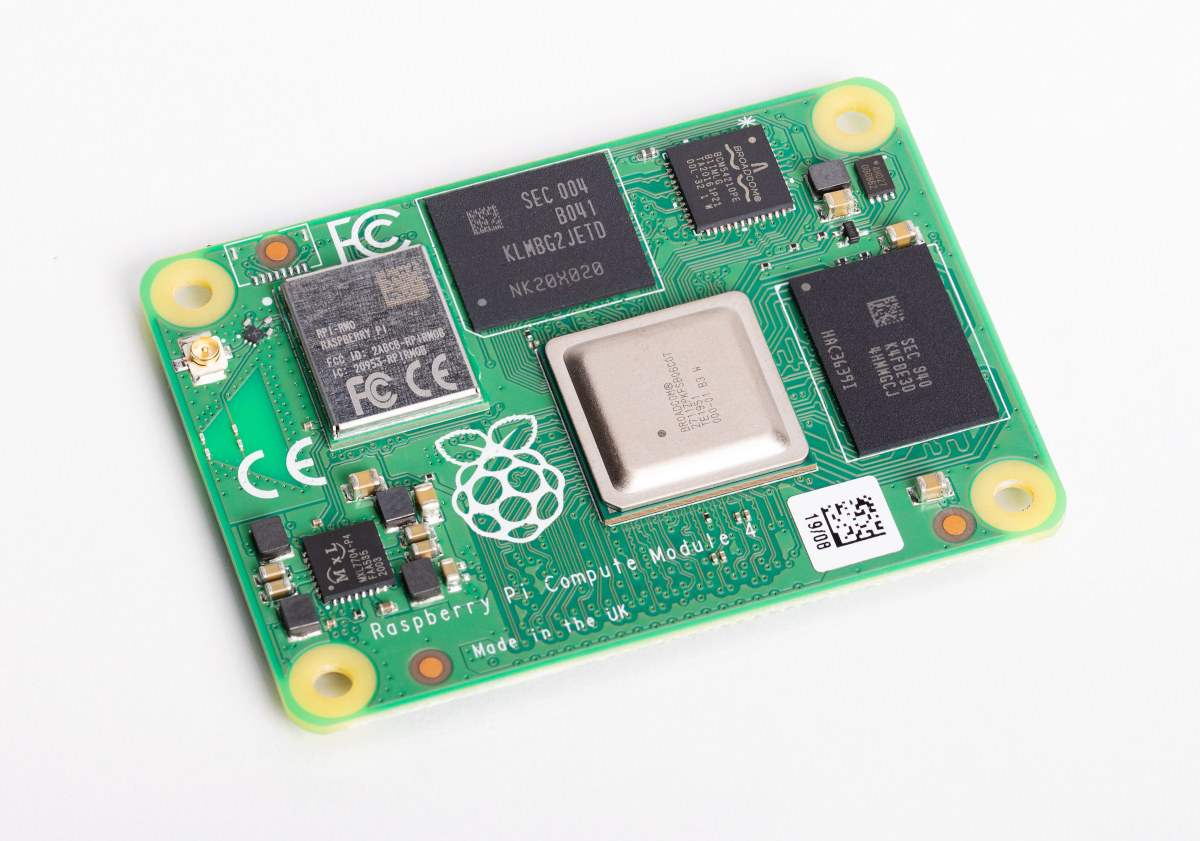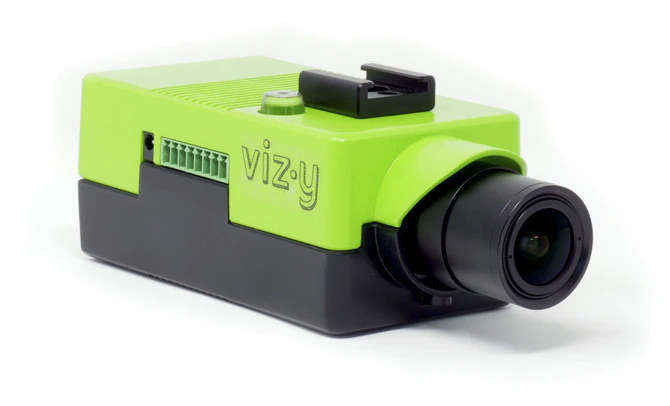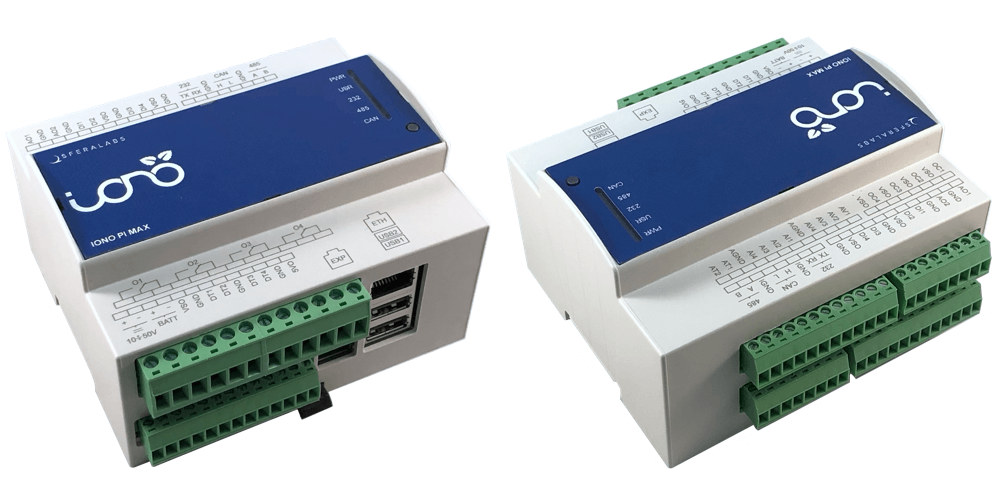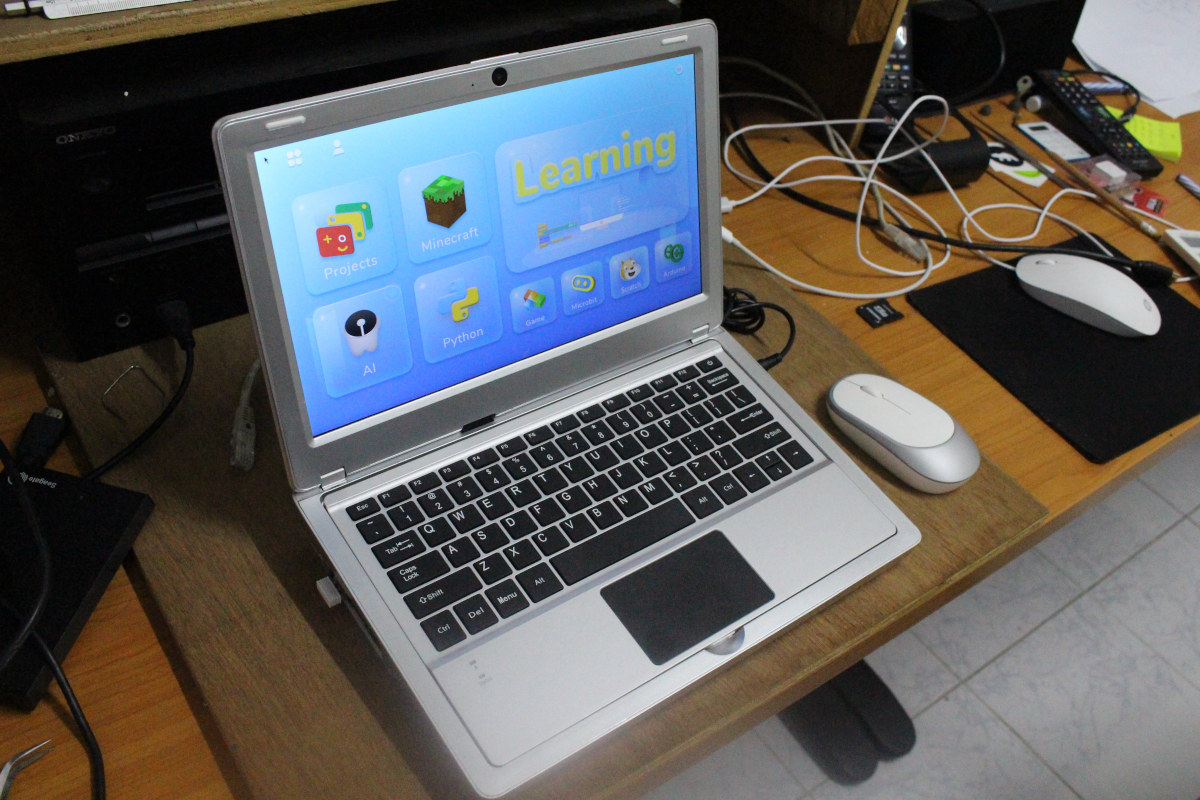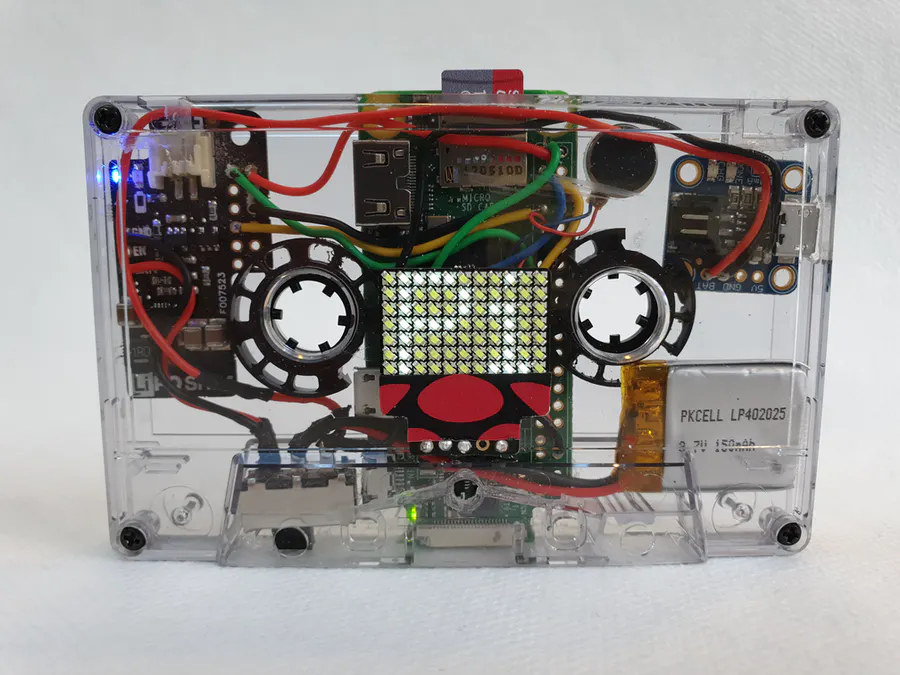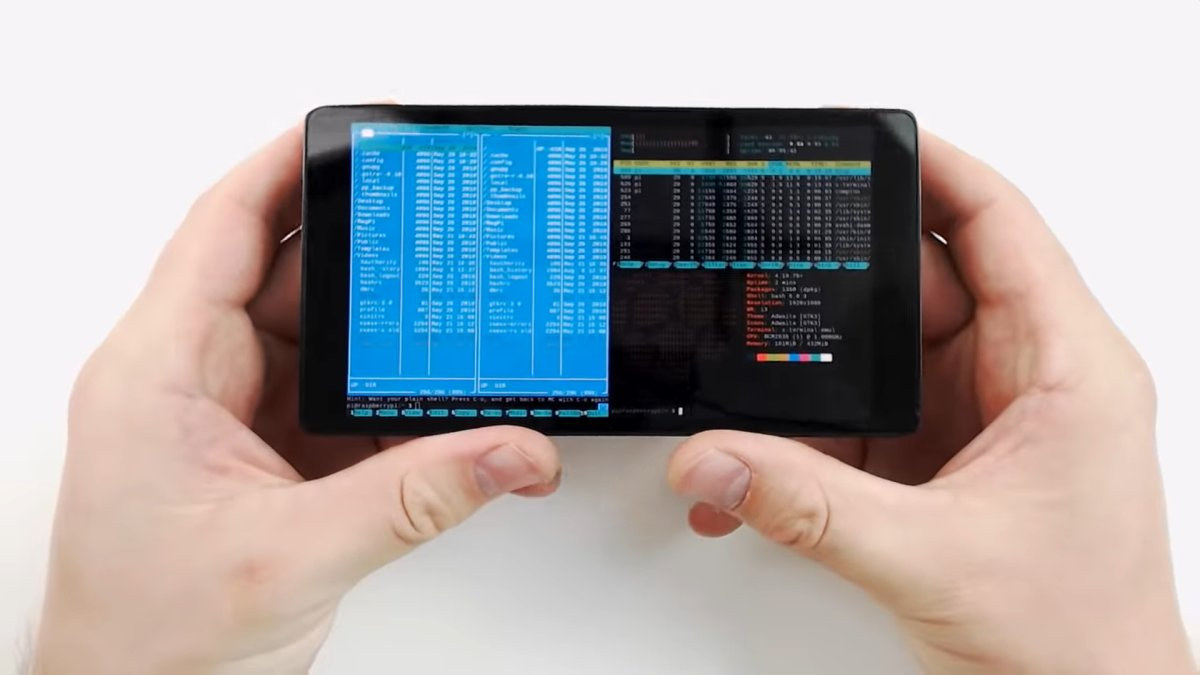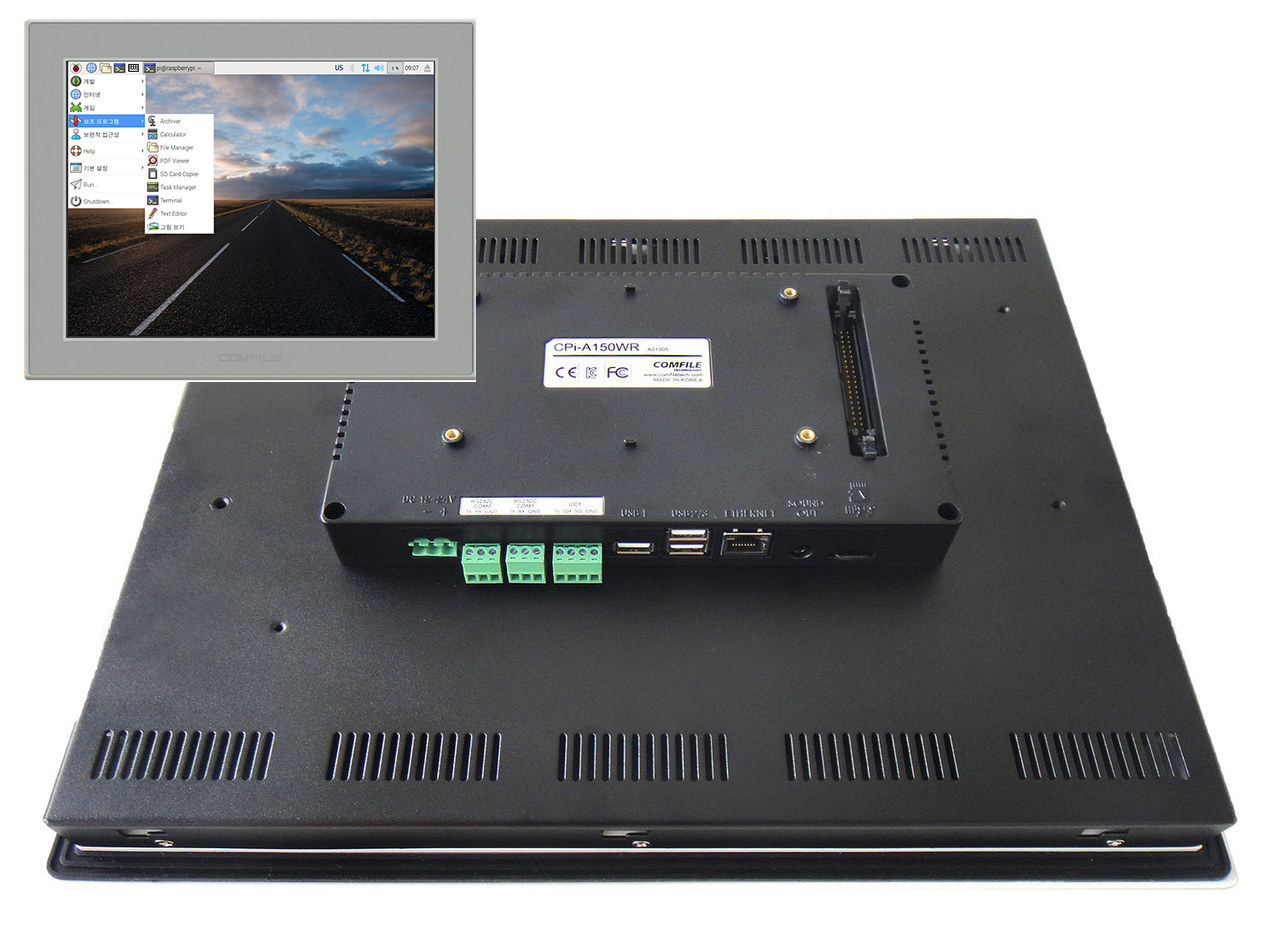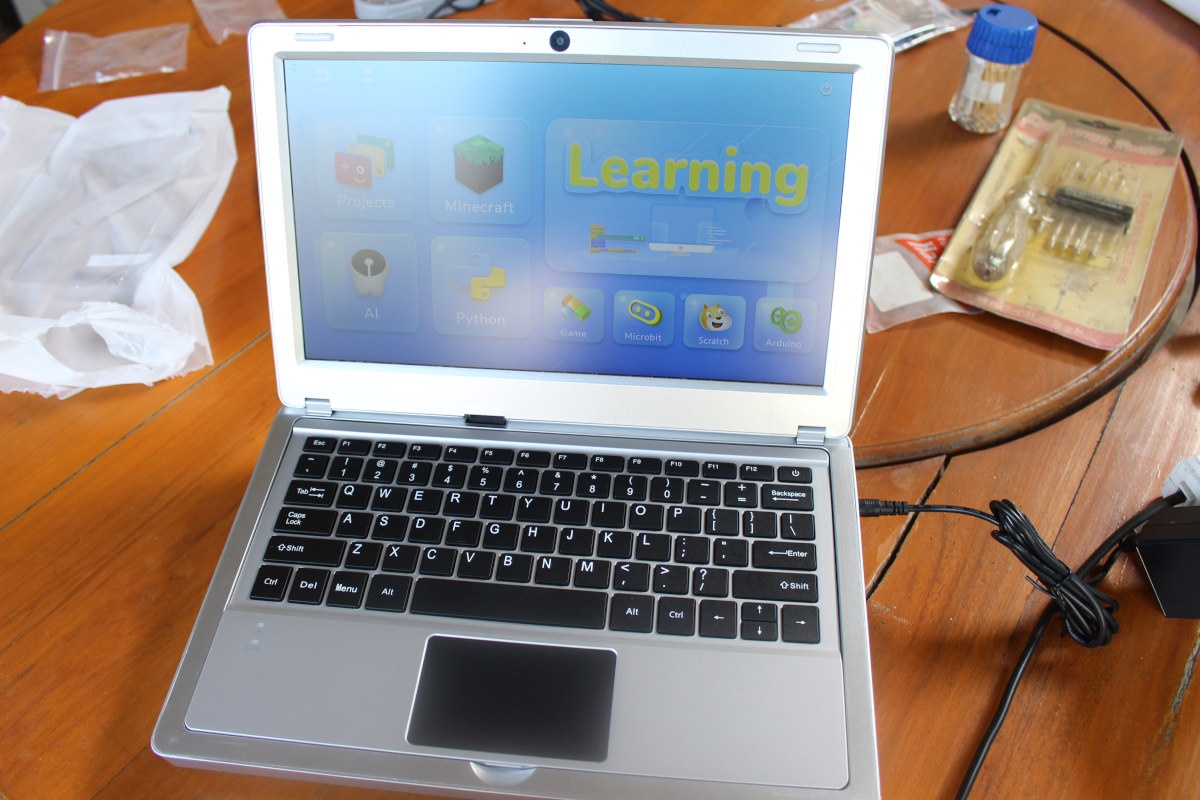We were expecting Raspberry Pi Compute Module 4 sometimes next year, but Raspberry Pi Trading Limited managed to launch the new module much earlier, as Raspberry Pi CM4 and CM4Lite modules have just been launched with a new, much more compact form factor incompatible with the earlier Compute Modules, an I/O board making use of the new features, and a choice of 32 models with variations in terms of memory and storage capacity, as well as the presence or lack thereof of a WiFi and Bluetooth wireless module. Raspberry Pi CM4 & CM4Lite Specifications: SoC – Broadcom BCM2711 quad-core Cortex-A72 processor @ 1.5 GHz with VideoCore VI GPU System Memory – 1, 2, 4, or 8GB LPDDR4-3200 SDRAM Storage – CM4: 4, 8, 16, or 32GB eMMC flash up to 100MB/s; CM4Lite: No storage device on module Networking Gigabit Ethernet transceiver Optional Wireless module with 802.11b/g/n/ac WiFi 5 and Bluetooth […]
Vizy AI camera runs Tensorflow, OpenCV, PyTorch on Raspberry Pi 4 (Crowdfunding)
We previously covered Charmed Labs PIXY2 computer vision camera based on an NXP LPC4330 microcontrollers that worked with Arduino, Raspberry Pi, and other development boards. The company is now back with a fully integrated more powerful solution with Vizy AI camera featuring a Raspberry Pi 4 SBC with up to 8GB RAM. Vizy AI camera key features and specifications: SBC – Raspberry Pi 4 with Broadcom BCM2711 quad-core Arm Cortex-72 processor, up to 8 GB RAM Camera – High-resolution camera based on Sony iMX477 12.3 MP sensor that can capture at over 300 frames/second and support both daytime and nighttime viewing; Both M12 and C/CS lenses are supported Video Output – 2x micro HDMI ports Audio – Analog stereo audio port Networking – Gigabit Ethernet, dual-band WiFi 5, and Bluetooth 5.0 USB – 2x USB 3.0 ports, 2x USB 2.0, 1x USB Type-C port from Raspberry Pi 4 (But not […]
Raspberry Pi CM3+ based Iono Pi Max industrial controller comes with an impressive number of I/Os
As the Raspberry Pi Compute Module 4 is only expected for next year, companies are still launching products based on Raspberry Pi Compute Module 3+ (CM3+), and Sfera Labs has just introduced Iono Pi Max industrial computer powered by a Raspberry Pi CM3+ system-on-module. Housed in a DIN rail enclosure, the Linux controller offers Fast Ethernet, three USB ports, isolated CAN and serial boards, some analog I/Os, a relay, as well as a real-time clock (RTC), integrated UPS, and more. Iono Pi Max specifications: SoM compatibility Iono Pi Max 3+ – Already fitted with Raspberry Pi Compute Module 3+ (Lite, 8GB, 16GB, or 32GB eMMC version) Iono Pi Max Solo – Barebone model compatible with Raspberry Pi Compute Module 3, CM3 Lite, CM3+ 8GB/16GB32GB, and CM3+ Lite MCU – Microchip SAME54 Cortex-M4F microcontroller with 1 MB flash, 256 KB RAM connected to the Raspberry Pi module via I2C, USB and […]
CrowPi2 Raspberry Pi 4 Education Laptop Review
I started my review of CrowPi2 Raspberry Pi 4 Learning Kit a while ago and at the time I showed content from the kit and its first boot. I’ve now spent more time with this very special Raspberry Pi 4 laptop and will focus this review on the education part, namely CrowPi2 software, but will also look at thermal cooling under stress with and without a fan, and try to install another Raspberry Pi compatible board inside the laptop shell. CrowPi2 Education Software It’s quite important to read the user manual before getting started as there are a few non-intuitive steps you may have to take. First I assume the wireless keyboard would just connect after pressing the power button, but it did not. The user manual explains the RF dongle is inside the mouse, and once you connect it you’ll be able to use the keyboard that has some […]
Using an Old Cassette Tape to Enclose a Battery-powered Raspberry Pi Zero
If you’re old enough you may have a stock of old cassette tapes that may or may not work anymore. The good news is that if you have time on your hands, you could recycle those as a Raspberry Pi Zero enclosure, including even other components like a small battery, battery charging board, and display. That’s exactly what Martin Mander did with his Cassete Pi IoT scroller project that receives notifications via IFTTT service and displays them as scrolling text on a small display connected to the Raspberry Pi Zero W. Here’s the detailed list of components used in this project: Raspberry Pi Zero Wireless Pimoroni LiPo SHIM LiPo/LiIon power supply shim for Raspberry Pi boards Adafruit Micro Lipo charger board with micro USB port Pimoroni 11×7 LED Matrix 150 mAh Li-Polymer Battery Cassette Tape DPDT Slide Switch Vibration motor Once assembly is done, you can flash a Micro SD […]
Zero Terminal V3 is a Modular Raspberry Pi Zero W Powered HandHeld PC
Hardware hacker NODE has created a slick handheld Linux PC based on the Raspberry Pi Zero W board. About the size of a thick smartphone, Zero Terminal V3 also includes a touchscreen display, a built-in battery, a USB Type-A port, and a microSD card slot. The keyboard found in previous iterations of the Zero Terminal is gone, as the new version focuses on modularity thanks two 40-pin sockets that connect to the GPIO pins, video output, camera connector, USB ports, power indicators, etc… in order to allow people to create and add custom backpacks to change the functionality as needed. Zero Terminal V3 specifications: SBC – Raspberry Pi Zero W with Broadcom BCM2735 ARM11 processor, 512MB RAM, MicroSD card socket, WiFi 4, and Bluetooth 4.0 Display – 5.5″ 1080p AMOLED touchscreen display bought on Waveshare and designed for Raspberry Pi 3/4, but NODE designed an adapter for RPi Zero. Audio […]
Comfile Launches 15-inch Industrial Raspberry Pi Touch Panel PC Powered by RPi CM3 Module
Three years ago, we noted Comfile has made 7-inch and 10.2-inch touch panel PC’s powered by Raspberry Pi 3 Compute Module. The company has recently introduced a new model with a very similar design except for a larger 15-inch touchscreen display with 1024×768 resolution. ComfilePi CPi-A150WR 15-inch industrial Raspberry Pi touch panel PC still features the CM3 module, and the same ports including Ethernet, USB ports, RS232, RS485, and I2C interfaces accessible via terminal blocks, and a 40-pin I/O header. ComfilePi CPi-A150WR specifications: SoM – Raspberry Pi Compute Module 3 Lite (CM3L) with Broadcom BCM2837 quad-core Arm Cortex-A53 processor @ 1.2 GHz with VideoCore IV GPU, and 1GB RAM Display – 15″ LCD with 1024 × 768 resolution, 16.7 million colors, pressure-sensitive touch screen (resistive type) Audio – Stereo Audio Output Connectivity – 10/100M Ethernet, optional WiFi via USB dongle USB – 3x USB 2.0 ports Serial – 1x RS232C […]
CrowPi2 Raspberry Pi 4 Learning Kit Review – Part 1 – Unboxing and First Boot
Last month, we wrote about Elecrow introducing CrowPi2 Raspberry Pi 4 laptop and electronics learning kit for its launch on Kickstarter crowdfunding website. The company has now sent one of its kits to CNX Software for evaluation and review. I’ll start by checking out the content of the package, and boot it up, before publishing a more detailed review in a few weeks. The package is fairly big and highlights it’s made for kids over 8 years old with close to 100 course resources and over 20 electronics modules. The back of the package list the main features and package contents with for example a 11.6″ Full HD display, Raspberry Pi 4 4GB board running a customized (Linux) system or Retropie for game emulation, electronics components and modules like servos and motors, as well as some resources for gaming including two USB gamepads. The first things we get when opening […]


